Explore our extensive collection of epoxy know how articles, each packed with valuable epoxy floor installation information, tips, and tricks.
Homeowners, builders, designers and architects can scroll down to the bottom for some resin flooring insights of their own.

Inspecting a concrete Garage floor prior to quoting
This video elaborates on some of the key issues I look for when inspecting a concrete Garage floor.
.jpg)
Key features of an epoxy rollcoat
This video elaborates on some of the key features of a dedicated epoxy rollcoat, including a unique variable viscosity formula.
.jpg)
Resin flooring 4-tool surface preparation challenge
A side-by-side test comparing a floor grinder, shot blaster, and a couple of Diamabrush tools. This is what I discovered.
.jpg)
3 questions for using clear epoxy resin
The answers to three frequently asked questions around the use of clear epoxy resin for three common resin flooring applications.
.jpg)
All you need to know about flake flooring
Before you specify a flake floor, there are certain things you need to understand. This post provides a series of videos explaining the most
important aspects.

Optimising the stone-look flake system
A video discussing some of the work that has gone into developing the new stone-look flake flooring system.
.jpg)
Innovation in the resin flooring industry
Lots of people talk about innovation, but I've noticed a trend in the resin flooring industry when it comes to this particular
buzzword.

Testing prep tool between epoxy coats
It has always been challenging to prepare an old, existing coating on an undulating substrate.

Possible other causes of pinholes
After doing a resin flooring project that should have had pinhole issues and didn't, I started to question why. Perhaps we've
dismissed the most important parameter?
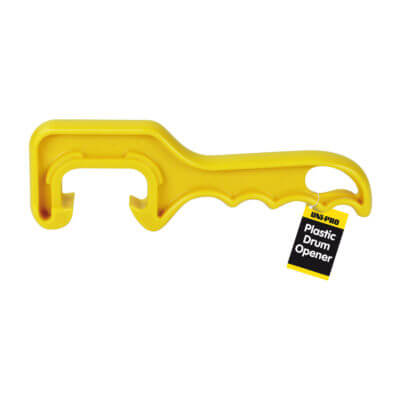
We all talk about buying bigger grinders, better vacuums, hippo mixers etc. These are all great tools, but sometimes it's the humble,
simple tools that make a big difference.

Understanding moisture measurements
One of the main reasons for attending the World of Concrete 2020 was to compile more information on moisture measurements in
concrete slabs. In particular at the time of site assessment. This topic is proving to be far more complex than anticipated.
.jpg)
Testing out a crack repair compound on static cracks to evaluate its versatility and ease of use.
.jpg)
5 questions for a good flake roll coat
Five questions to help contractors find a quality rollcoat to use on their flake floors.

Warning! A spike in rashes and product sensitisation
Product sensitisation in the resin flooring industry and why contractors are at risk now more than ever.

How start-up contractors can enter a new world of resin flooring
Why resin flooring systems are the key for resin flooring contractors looking to enter a new world of resin flooring.

Why start-up resin flooring contractors do it tough
The frustrations felt by new resin flooring contractors and the big reason why they exist in the resin flooring industry.
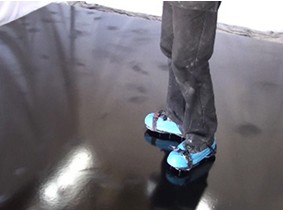
How to avoid lumps and bumps on decorative epoxy floors
Tips for avoiding the mysterious lumps and bumps that can appear on decorative epoxy floors.

The manufacturers, middlemen and marketers of resin flooring
An insight into the Australian resin flooring market to help contractors establish better supply relationships.
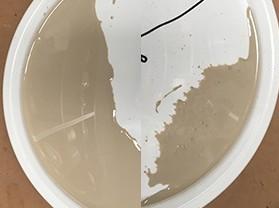
The forgotten gear causing epoxy contractors trouble
The equipment causing contractors trouble in two-pack epoxy application and how you can avoid the same traps.

The Five R's of resin flooring
The Five Rs of resin flooring you should remember to guarantee success on any resin flooring project.
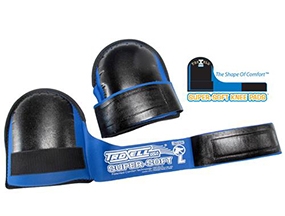
What tools do you need for epoxy flooring application? Part 2
A checklist for new epoxy contractors to make sure they have the personal protection equipment (PPE), consumables and some other stuff required for epoxy flooring application.
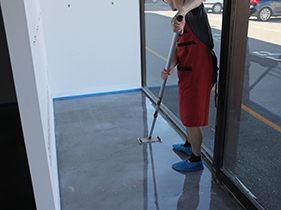
What tools do you need for epoxy flooring application? Part 1
A checklist for new epoxy contractors to make sure they have the power tools and hand tools required for epoxy flooring application.
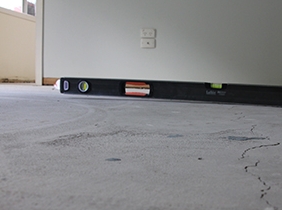
11 common decorative flooring defects - Part 2
The second of a two-part post looking at eleven common decorative epoxy flooring defects that are avoidable, yet cause contractors many
problems.
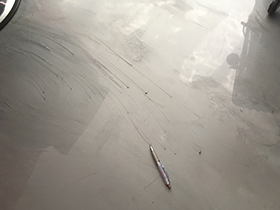
11 common decorative flooring defects - Part 1
The first of a two-part post looking at eleven common decorative epoxy flooring defects that are avoidable, yet cause contractors many
problems.
.jpg)
The floor covering industry utilises substrate porosity tests. Could the resin flooring industry also benefit from these simple tests?
.jpg)
Crosshatch adhesion tests on tile
A quick video on epoxy adhesion to tiles and how to do a simple test to gauge if you can get a good bond with your epoxy flooring.

I was gifted a pallet of leftover flake for our training program. The story behind the flake is well worth hearing if you are an installer and you want to learn where you might be losing profit yourself.

What is the right preparation for resin flooring?
Having completed several, different forms of mechanical preparation on the one concrete slab, I couldn't help but wonder: What is
the right prep?
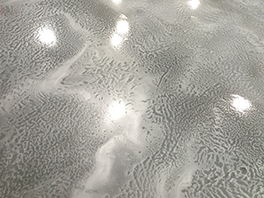
5 tips to make sure contractors get paid
Five tips that epoxy contractors can’t ignore if they want to get paid for the decorative epoxy floors they do.
.jpg)
Custom flooring design - from inspiration to installation
A video documenting the process of creating a customised resin flooring design for a new superstore in Melbourne, Australia.
.jpg)
Mix and decant Ezypoxy Rollcoat
Mixing the solventless epoxy rollcoat, Ezypoxy Rollcoat, and sharing some tips on good mixing practices along the way.

Hard concrete, soft concrete and grinding disc selection
Hard concrete, soft concrete and how to select the right grinding disc for better surface preparation.

Test results, warranties and other damaging grey areas
Test results, product limitations and warranties and the damage such grey areas inflict on new contractors.
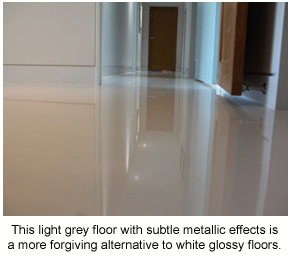
The challenge of white glossy floors
The main issues with glossy white floors and why they can be a very challenging floor to apply.

Epoxy product selection - the benefits of surface tolerance and moisture tolerance
The benefits of surface and moisture-tolerant epoxies and how they can save businesses time, money, and stress.

Epoxy flooring health and safety - a contractor's view
An epoxy flooring contractor's view on the status of health and safety issues in the coating industry.

Epoxy product selection - choosing value over price
Why epoxy contractors are much better off seeking good coating value rather than a good coating price.

The practice of private labelling and the benefits of working with manufacturers as opposed to re-sellers.

Epoxy application - cold joints and concrete trenches
Some important considerations for flooring contractors when coating cold joints and concrete trenches.

Some common problems and their solutions when using pigment pots in solventless, two-pack epoxies.

A better way to clean up epoxies
How to clean up epoxies in a safe, controlled way without a mess or the use of nasty solvents.
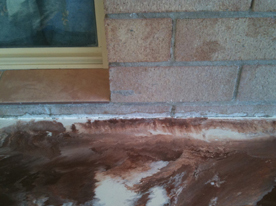
Taping practices on epoxy floors - what tape to use and how to get clean, sharp edges on every job.
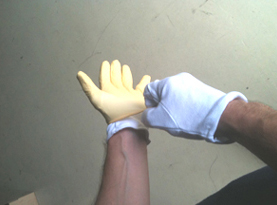
Five good epoxy application habits that will make an epoxy contractor's life easier and improve performance.
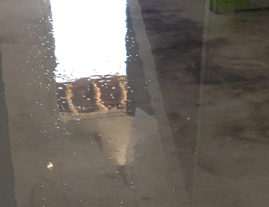
5 bad habits for epoxy flooring application
Five bad habits that probably don’t get enough attention, but lead to very common and very avoidable epoxy flooring problems.
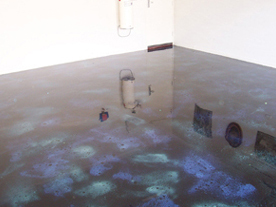
What an epoxy contractor rut looks like and how to work your way out of it to create a better epoxy business.

Solventless epoxies and cold temperatures
Tips for epoxy handling in cold temperatures, including making epoxy application easier and faster.
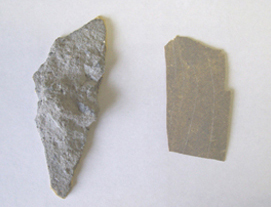
The use of concrete additives means all concrete slabs aren't the same and coating adhesion isn't guaranteed.
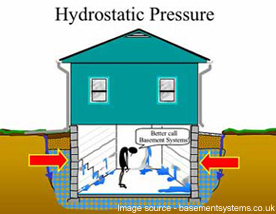
Hydrostatic pressure and moisture tolerance
A basic explanation of hydrostatic pressure and why it shouldn't be confused with moisture tolerance.
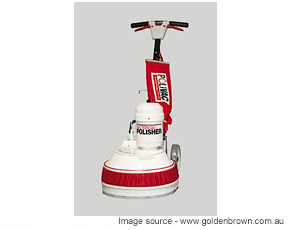
Sanding concrete as a means of surface preparation and why it's not suitable for epoxy floor coatings.
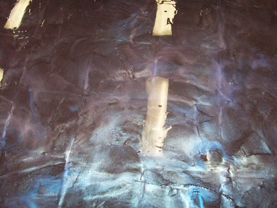
Can epoxies be applied over tiles?
Applying epoxies over tiles, including what to consider when it comes to epoxy adhesion, floor levelling, and tile removal.

The differences between flooring applicators and painters and what that means for the projects they take on.

Health and safety - what's the big deal about solvents?
The major risks associated with solvents and other considerations for switching to solventless epoxies.

A light-hearted look at epoxy experts and what it really means to be one (or claim to be one).
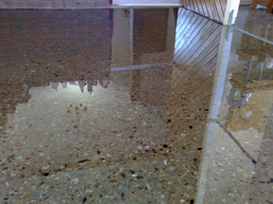
How to get the polished concrete and warehouse looks
Tips for using clear decorative epoxies to create the polished concrete look and warehouse look.
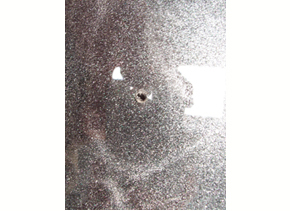
The real meaning of the term out-gassing and why it's not the cause of bubbles in epoxies.
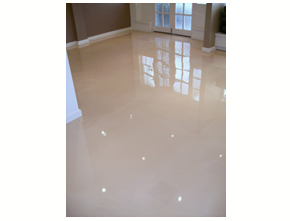
High-gloss decorative epoxy flooring maintenance
High-gloss flooring maintenance options and why sacrificial polishes are often a good choice.

Decorative epoxy flooring and how colour, techniques and other practicalities influence flooring designs.

Epoxy sensitisation, the common symptoms and a few key tips on how contractors can avoid it.
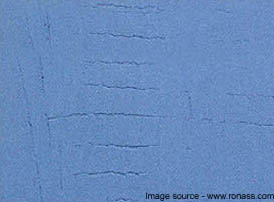
An explanation of solvent entrapment and why it's bad news for two-pack epoxy coatings.

How time off can boost your epoxy flooring business!
The unexpected ways taking time off can actually boost your epoxy business and help you make more money.
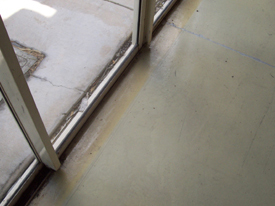
How indoor epoxies are still at risk of yellowing through UV exposure and other sources of UV light.
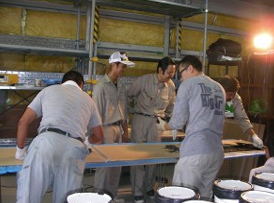
Metallic epoxy floors and the smiling contractors
The way metallic epoxies can give epoxy contractors a reason to smile - a lesson in job satisfaction.
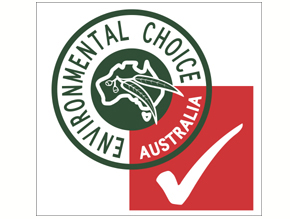
A look at how to find epoxy products that are genuinely environmentally friendly.
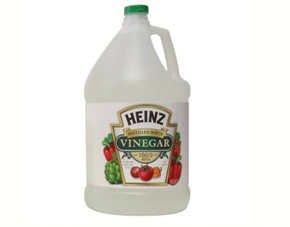
Solvents and their purpose in solventless epoxies
The use of solvents with solventless epoxies for epoxy clean up, epoxy thinning and slowing pot life.
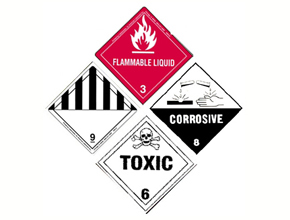
The role of Technical Data Sheets and Safety Data Sheets in epoxy product selection.
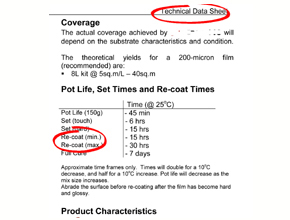
The common causes of coating adhesion problems that can lead to inter-coat delamination.

Why selling epoxies is easier for epoxy contractors that follow up on their calls and quotes.
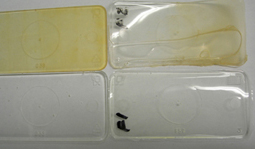
Do UV-stable and low-yellowing epoxies exist?
Do UV-stable epoxies and low-yellowing epoxies actually exist or are they just empty marketing claims?
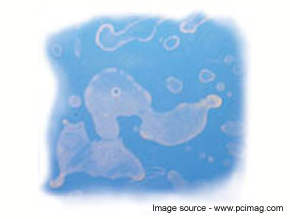
The causes of amine blushing, the effect it has on epoxy films and what can be done to avoid it.
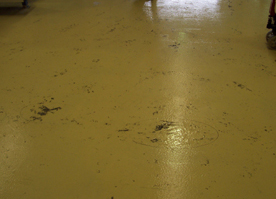
Epoxy troubleshooting - soft patches or "hot spots"
The causes for soft spots in epoxies, including how to avoid them and how to fix them.

The different roles primers and sealers play and why the two words are not interchangeable.
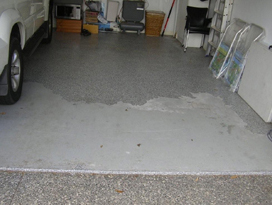
Surface preparation - to over-coat or not to over-coat
What to consider when choosing between over-coating or removing an existing floor coating.

The concept of re-worked product, why epoxy manufacturers do it, and why it should be avoided.

Selling epoxies - why we talk volume and not weight
Why the product volume and product coverage should be used and not weight when pricing epoxies.
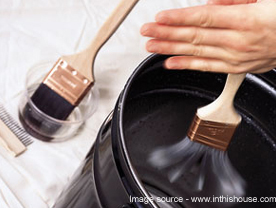
The differences among solventless epoxies, solvent-borne epoxies and water-borne epoxies.

Epoxy troubleshooting - bubbles, pinholes, and craters
Why bubbles, pinholes and craters appear in concrete coatings and the application habits used to avoid them.
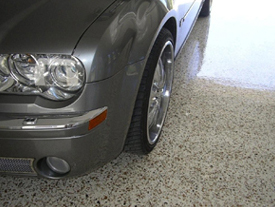
The typical reasons why hot tyre pick-up happens with garage floor coatings and the keys to avoiding it.
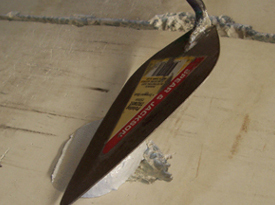
Is a "bog" good enough for patching concrete?
Patching compounds for concrete, the properties you need and why using a bog isn't a good idea.
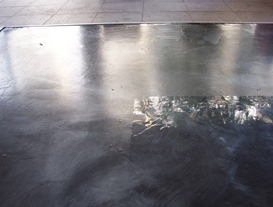
Full-gloss or semi-gloss floors - which one to apply and what to expect when applying them.

Pigmenting clear epoxies and colour separation
Colour separation and why it's a common problem when pigmenting clear epoxy resins.
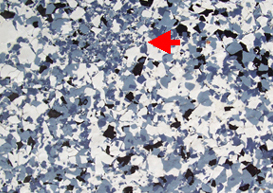
Flake floors and how the selection of acrylic flake or vinyl flake has an impact on results.
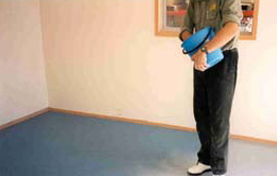
Five keys to industrial non-slip epoxy flooring
Industrial epoxy non-slip floors and the five keys to their successful application.
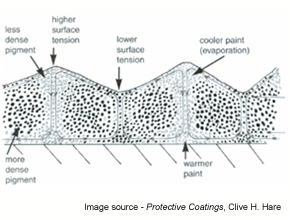
Benard cell defects such as hail damage and how to stop them from ruining an epoxy film.

In-depth information pages packed full of hints, tips and other useful notes for homeowners, builders, designers, architects and installers.